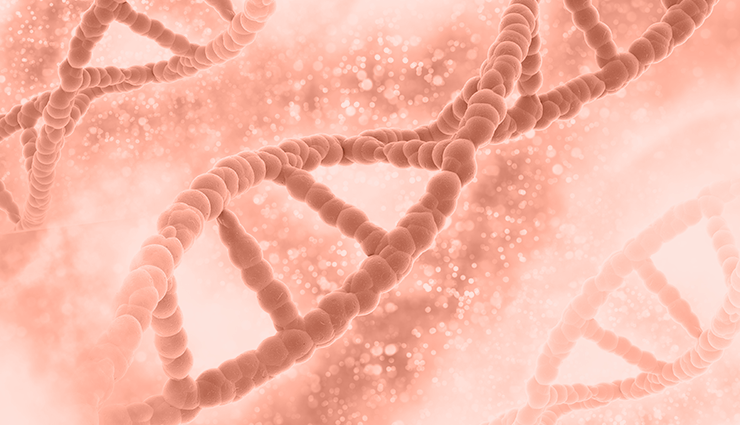High-resolution cytogenetics

How can we help you?
Non-obligation guidance
What is high resolution cytogenetics?
It is a laboratory technique that allows chromosomes to be analysed with a high degree of detail. This technique is used to detect small chromosomal alterations that cannot be detected with conventional cytogenetic techniques.
What is the cause?
The chromosomal alterations that can be detected with Optical Genome Mapping (OGM) can be of genetic or environmental origin.
Genetic causes can be:
- Inherited chromosomal alterations: one of the parents has a structural alteration in the karyotype that can be inherited by the children.
- De novo chromosomal alterations: These mutations occur during embryonic development or during gametogenesis.
Environmental causes may include:
- Exposure to teratogens: Some teratogens, such as alcohol, tobacco and radiation, may increase the risk of chromosomal alterations.
What is the incidence?
The incidence of chromosomal abnormalities detected by OGMs is approximately 1 per 500 live births. However, the incidence may be higher in certain population groups, such as children with intellectual or developmental disabilities.
How is it diagnosed?
OGM is done by a blood test.
How does its study help the medical specialist?
The study by OGM can help the medical specialist to:
- Diagnose genetic diseases caused by chromosomal alterations.
- Identify the risk of a person having children with chromosomal alterations.
In which cases is it indicated?
OGM is indicated in the following cases:
- Suspicion of a genetic disease caused by a chromosomal alteration.
- Developmental delay or intellectual disability.
- Congenital malformations.
- Recurrent miscarriages.
- Failure of in vitro fertilisation.
- Family history of chromosomal alterations.
Author: Jose A. Ortiz